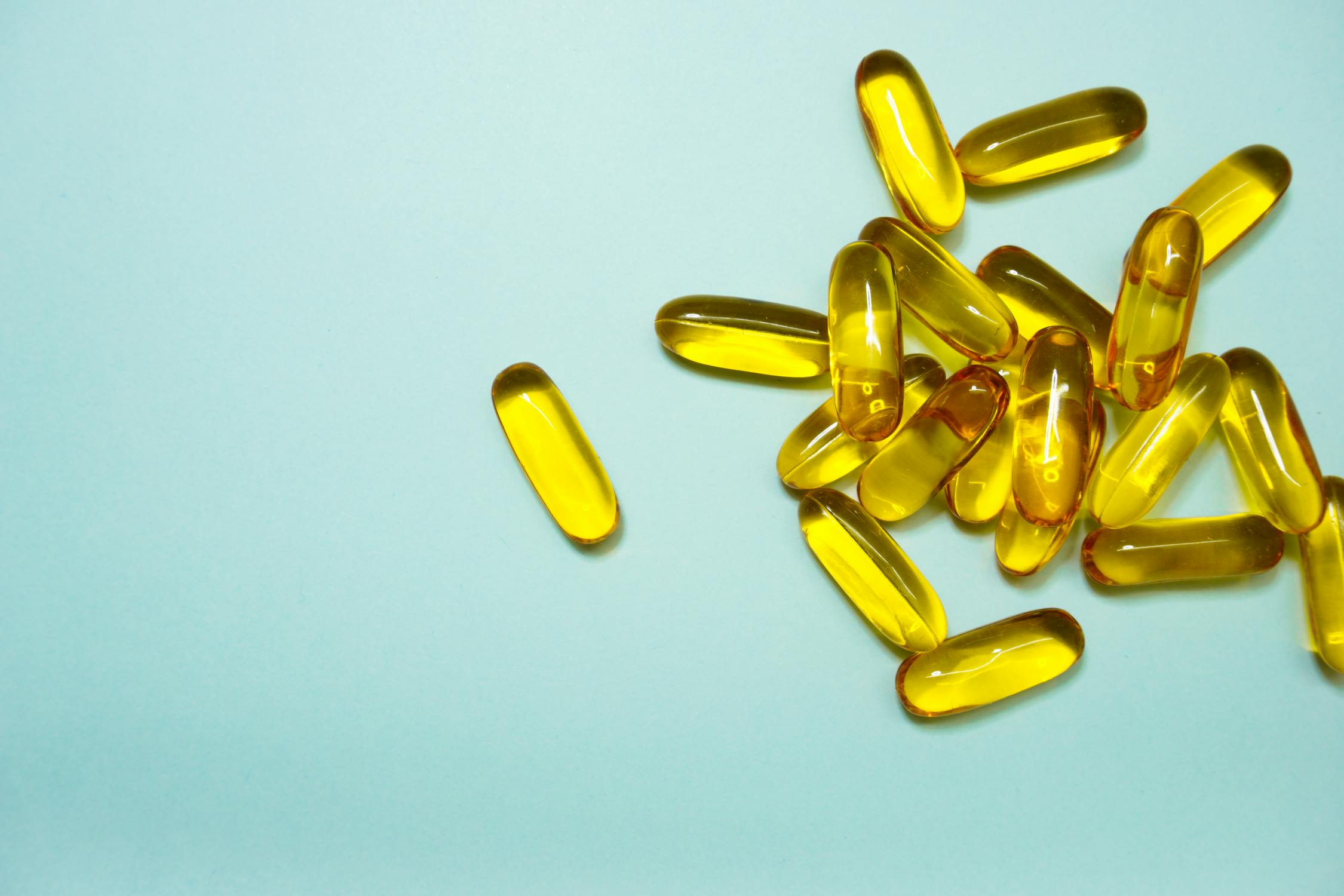
Food Items high in Omega 3 and 6
In this blog, read what the functions of omega-3 and omega-6 in the body are, how you consume the fatty acids and why it is problematic that most people consume too little omega 3 today.
Omega-3 and omega-6 fatty acids are among the polyunsaturated fatty acids, i.e. fatty acids with several double bonds on the carbon atoms. The position of the first double bond between atoms determines whether a chemical compound is an omega-3 or an omega-6 fatty acid. If the first double bond is on the third carbon compound, it is an omega-3 fatty acid. When it comes to the sixth carbon compound, it is an omega-6 fatty acid.
Fish is healthy – this is mainly because it contains a lot of omega-3 fatty acids that benefit health on many levels. However, for many people today the ratio of the fatty acids omega 3 and omega 6 is out of balance.
The Inuit, the indigenous people of Greenland, traditionally feed almost exclusively on the meat of fish, whales and seals. Despite this one-sided, high-fat diet, they are amazingly healthy. This could also be because fat is not the same as fat. Inuit staple foods are rich in omega-3 fatty acids, which led researchers to take a closer look at the health effects of unsaturated fatty acids some time ago.
It is now clear that the Inuit have developed a gene mutation that gives their body a unique fat metabolism. So your fat-heavy diet would be far less healthy for most people around the world than for them. Nevertheless, thanks to the Inuit, we now know more about unsaturated fatty acids and their positive effects on the body.
What foods contain omega-3 fatty acids?
Alpha-linolenic acid is found in certain plant-based foods, especially in large quantities in linseed oil, rapeseed oil, chia seeds and walnuts. In the body, ALA is converted into the two fatty acids DHA and EPA. However, losses can occur during the conversion, so that often only small amounts of EPA and DHA arise from the ALA.
| Food | Alpha-linolenic acid in mg / 100 g |
| linseed oil | 52,800 |
| Chia seeds | 19,000 |
| walnuts | 10172 |
| rapeseed oil | 8584 |
It is more effective to take EPA and DHA directly. However, the two omega-3 fatty acids are almost only found in fat-rich cold-water fish. Fish species richest in omega-3 include salmon, mackerel, herring, tuna and sardine.
| species | EPA in g / 100 g | DHA in g / 100 g | Omega3 (total) in g / 100 g |
| tuna | 1.4 | 1.2 | 2.6 |
| salmon | 0.7 | 1.9 | 2.6 |
| Matjes herring | 0.7 | 1.2 | 1.9 |
| mackerel | 0.6 | 1.1 | 1.7 |
| sardine | 0.6 | 0.8 | 1.4 |
Good to know – why do fish contain so much omega 3? Coldwater fish mainly feed on algae and crustaceans, which contain large amounts of the omega-3 fatty acids ALA, EPA and DHA. Fish depend on these fatty acids so that their cell membranes do not solidify at the low temperatures in the sea.
What foods contain omega-6 fatty acids?
Omega-6 fatty acids are predominantly found in vegetable, but also in some animal foods:
| Food | Omega-6 in mg / 100 g |
| safflower oil | 74,500 |
| Corn oil | 53,500 |
| soybean oil | 50,400 |
| Pumpkin seed oil | 50,000 |
| olive oil | 9700 |
| Sunflower oil | 3600 |
| coconut oil | 1800 |
| avocado | 1700 |
| beef | 310 |
Good to know: Food generally never contains only one type of fatty acid. Saturated fatty acids also occur in coconut oil. The fat of the coconut is considered rather unhealthy. Olive oil, in turn, contains other unsaturated fatty acids that are important to us.